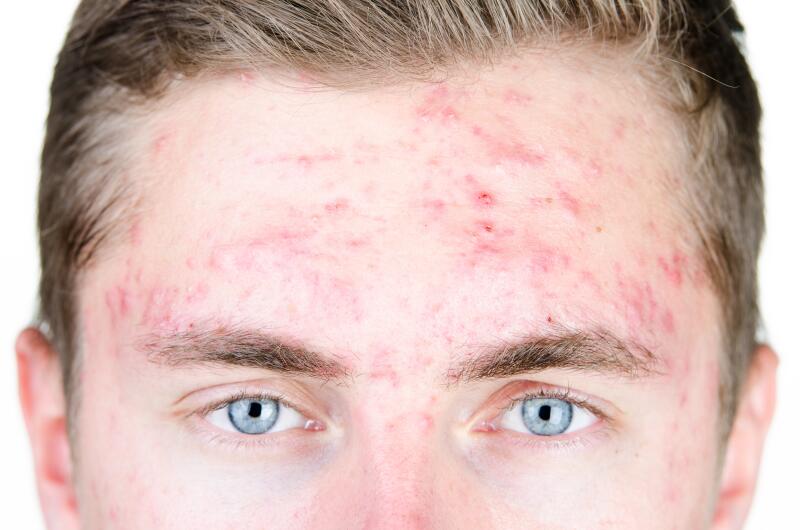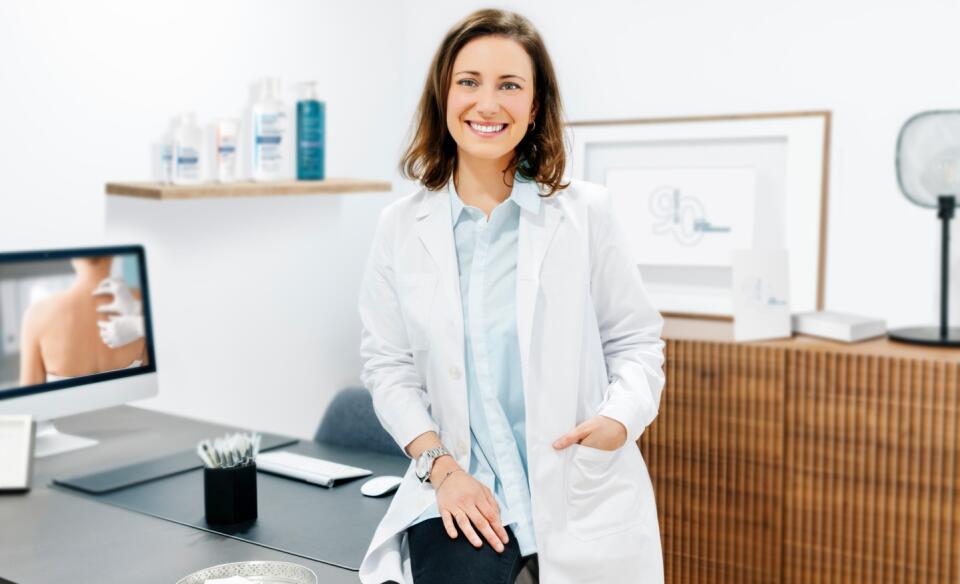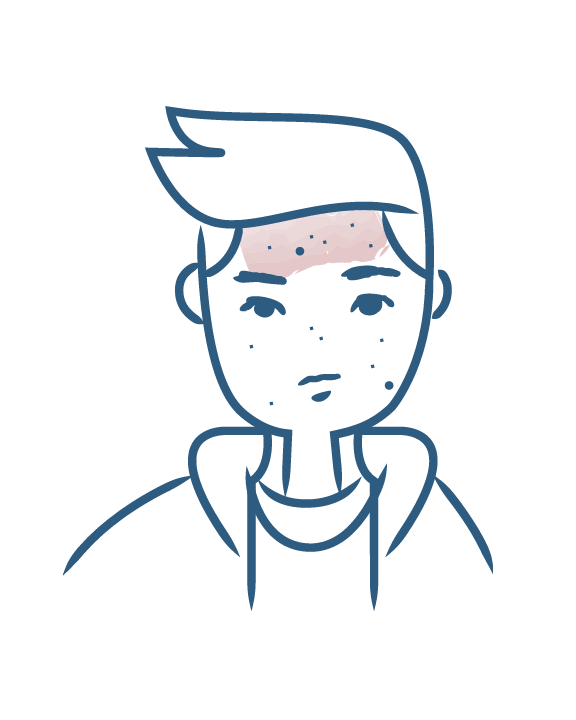-
Your concerns
Our articles to help you gain a better understanding
-
Our solutions
-
Ducray Dermatological laboratories
Our articles to help you gain a better understanding

The forehead is one of the most frequently affected areas of the face. The image that comes to everyone’s mind when they think of acne is that of the teenager trying to pierce their acne spots on their forehead, their face practically glued to the mirror. Many adults are also affected by forehead acne and are unsure what to do about it. Forehead acne is often visible and difficult to hide.

Summary
The forehead is part of the T-zone on the face, which has a high concentration of pilosebaceous follicles and is frequently affected by acne. One of the first signs of acn e is a "greasy" and shiny forehead, followed by the appearance of blackheads, whiteheads and red spots that vary in number and degree of inflammation depending on the acne type.
In the case of adult acne spots, people often try to hide the lesions in whatever way they can. Women often decide to grow bangs or streaks. Men with spots on their forehead may start wearing a cap or hat. This is the wrong thing to do! Sweating and rubbing will irritate the skin and aggravate forehead acne. Also avoid hair products that run onto the forehead, as many of them are comedogenic and cause adult forehead spots.
In any event, a good hygiene routine should be gentle. Use a soap-free cleanser suitable for acne-prone skin. Choose a treatment adapted to the type of forehead acne: for oily skin and dilated pores, opt for a mattifying cream and a purifying lotion; for small forehead spots in teenagers and adults, use a tinted or non-tinted "anti-spot" stick. If you have a significant number and a wide variety of spots, apply a generalized treatment, alone or in combination with medicinal treatments.
Oily or acne-prone skin

Oily or acne-prone skin
NEWSLETTER
Dermatological expertise
To better understand your skin and hair, discover our exclusive content and innovative care products designed to improve your quality of life..